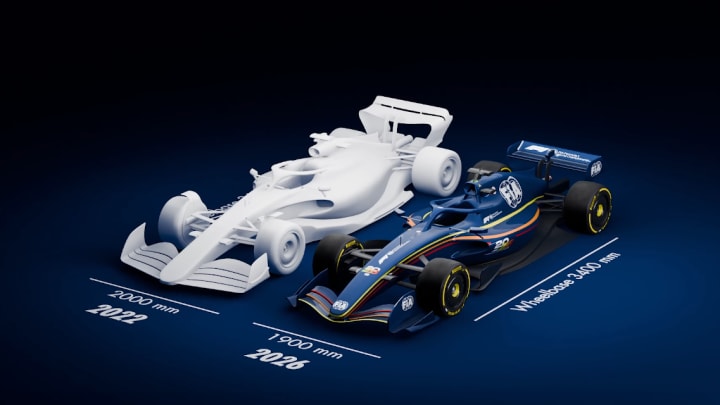F1 News: FIA Makes Big Rule Change that Affects Every Team Ahead of 2026

The FIA has sanctioned a significant rule change for Formula 1 teams, allowing the use of mule cars for ten days of testing this year in preparation for the 2026 season. This decision is aimed at helping teams adjust to the extensive changes coming under the new regulations.
A mule car in this context represents a specially modified chassis that complies with future regulations but differs markedly from its original design. This adjustment in FIA's regulations, ratified by the World Motor Sport Council, now permits extensive updates and testing of these vehicles, offering teams a way of learning and testing ideas for the 2026 regulations.
Historically, the use of mule cars concentrated on aerodynamic changes. For instance, in the run-up to the 2017 regulations, various teams experimented with different aerodynamic features to increase downforce. However, the upcoming 2026 regulations incorporate more complex active aerodynamic systems and new power unit features. This necessitates a broader scope of simulation in both aerodynamics and powertrain technologies which will prove difficult.
Teams now face a big decision when selecting a base car for their mule. They could either opt for a pre-2022 chassis, which aligns more closely size-wise with the 2026 regulations but lacks modern ground-effect aerodynamics or choose a newer model, requiring significant modifications to fit the expected reduced dimensions of 2026.
Mario Isola, Pirelli's motorsport director, voiced his skepticism about the capacity of mule cars to precisely emulate the specific conditions of the 2026 F1 cars. During an interview with RaceFans.net, Isola said:
"It’s impossible, I would say, to create a mule car with similar characteristics.
“We will not have smaller cars. We can save some weight – instead of doing long runs with full tanks you can, reduce the level of fuel just to simulate the weight. But for the rest, it’s impossible because you don’t have the active aerodynamics.”
This period of adaptation and experimentation heralds a transformative phase in Formula 1, where the successful exploitation of mule cars could dictate the power dynamics of the 2026 grid. There are unlimited other factors that come into play here, but it's fair to say that this will be an important decision and process for each team.
